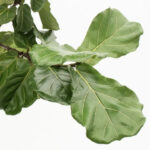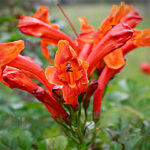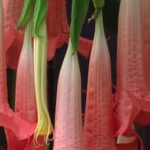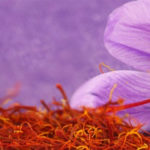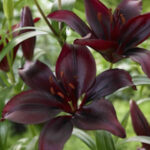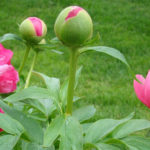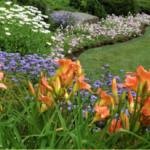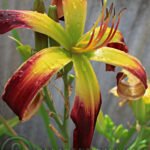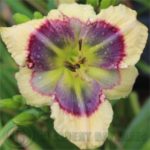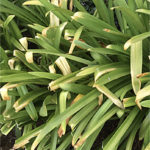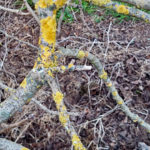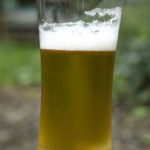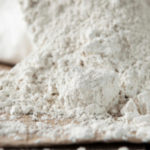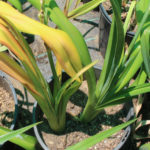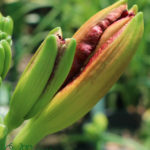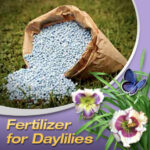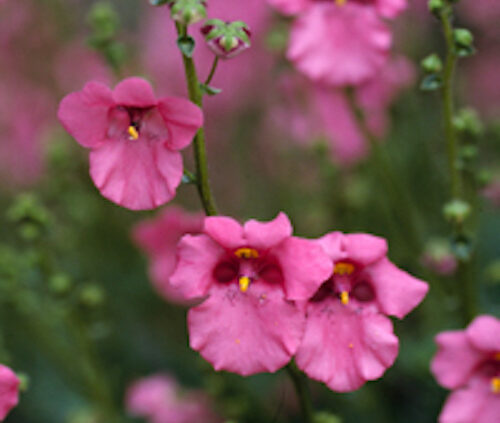
Diascia Flower Plant Care
Diascia – How To Plant And Take Care Of Diascias
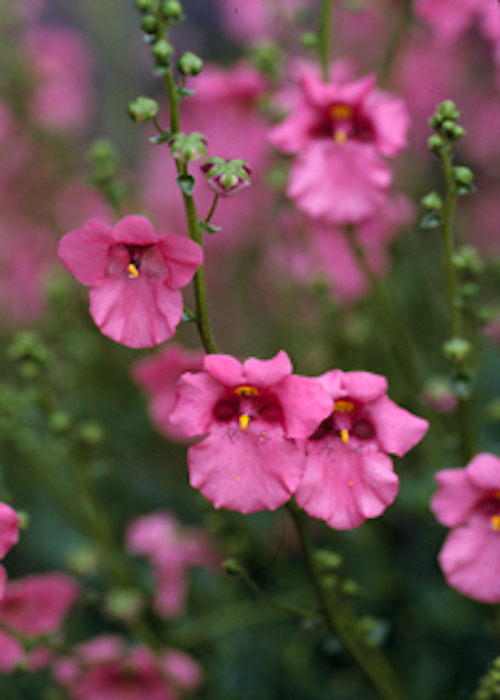 The Diascia is one of the most common flowering plants that you will find in the garden centres in Australia. The peachy-pink coloured flowers add a colourful attraction to the garden landscape. Diascia is a perennial flowering plant that belongs to the family Scrophulariaceae and the Diascia Genus. Its binomial name is Diascia Bergiana. These perennial plants can be planted with their relatives the snapdragons. The stocks and Gerbera daisy also add more colour and a rich look to your garden. The Diascia cultivars are very popular these days as they can be easily grown as bedding plants and are very colourful. They are used commonly in hanging baskets and window boxes. They are excellent perennials to be grown in containers that come alive with their showy flowers during spring, then stop flowering during the heat of summer then resume flowering in the autumn, when the weather cools down. The shops seem to come out with new colours each season. I love the new lavender purple variety that has landed in the nurseries this season ‘Piccadilly denim blue’ chances are its maybe not as tough as the original pink, ‘ruby fields’ or ‘coral canyon’. I have had the same plant growing in my garden for many years, mine will grow in dry dirt under a gum tree in the cool shade and bloom without any trouble in spring and autumn. Very water wise plant!
The Diascia is one of the most common flowering plants that you will find in the garden centres in Australia. The peachy-pink coloured flowers add a colourful attraction to the garden landscape. Diascia is a perennial flowering plant that belongs to the family Scrophulariaceae and the Diascia Genus. Its binomial name is Diascia Bergiana. These perennial plants can be planted with their relatives the snapdragons. The stocks and Gerbera daisy also add more colour and a rich look to your garden. The Diascia cultivars are very popular these days as they can be easily grown as bedding plants and are very colourful. They are used commonly in hanging baskets and window boxes. They are excellent perennials to be grown in containers that come alive with their showy flowers during spring, then stop flowering during the heat of summer then resume flowering in the autumn, when the weather cools down. The shops seem to come out with new colours each season. I love the new lavender purple variety that has landed in the nurseries this season ‘Piccadilly denim blue’ chances are its maybe not as tough as the original pink, ‘ruby fields’ or ‘coral canyon’. I have had the same plant growing in my garden for many years, mine will grow in dry dirt under a gum tree in the cool shade and bloom without any trouble in spring and autumn. Very water wise plant!
Description of Diascia
The Diascia species are mostly short-growing and will reach a height of about 30 to 45 cm and width of 1 to 3 feet. There are around 60 to 70 different species of Diascia. The flower of the plant is stomached in the loose terminal raceme. Normally, the flowers are pink or rose-coloured and the corolla is five-lobed. You can spot two spurs on the back of the flower and because of this feature; the Diascia is commonly called the Twinspur.
How to grow Diascia from cuttings?
The Diascia are tough little blighters, tough enough that loves to be in the sun. If grown in the sun they will not tolerate poor and dry soil. They thrive on good sunny conditions and fertile soil. If they are planted in a well-drained soil, then they will be able to survive the harsh winter conditions.
- Cuttings of Diascia can be taken during the summer season. If you are looking at keeping them through the winter, then you need to take the cuttings in the first half of the summer season to encourage a good root system development.
- It is preferred to take cuttings from the plant must be just below the node of new growth. The new growth must not have any flower buds.
- The new growth cutting you are taking must be about 4 inches long. The cutting has to be trimmed just below the bumpy node and all leaves below must be cut off.
- The cutting has to be placed in a rooting mixture made of sand and compost. Once the root grows, the cuttings can be shifted to containers.
Growing Diascia From Seeds
Cultivate the soil where you want to plant the Diascia seeds and add compost or manure to the soil. Press the Diascia seeds into the soil and do not cover the seeds fully with the soil. The seeds need to be slightly exposed to the sunlight to germinate. The soil has to be moist until the sprouts start to show. The sprouts will be seen in 2 to 3 weeks.
Care for Diascia
The Diascia perennials normally need regular care and watering during the first summer time and their soil must be wet until established. The best way to water is to water deeply and allow the soil to get dry before re-watering. Extend the gap of re-watering each time. In order to enjoy regular blooms, it is ideal to feed the Diascia with a garden fertiliser early spring. The spent flowers have to be trimmed to encourage more blooming. Once the plant stops blooming, the plant has to be cut back to about 4 inches. Once established, don’t forget they can really stand dry weather.


